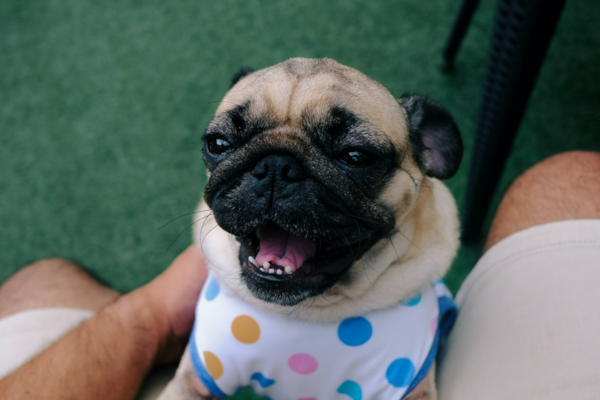
As a proud pet parent, you understand the importance of maintaining your puppy's health. From the moment you brought your furry friend home, you've been committed to their well-being. You've spent countless hours researching the best puppy food, finding the perfect toys, and learning about your puppy's breed. You've consulted with your vet about vaccinations, started the process of house training, and have even begun socializing your puppy. But there's one aspect of puppy care that often gets overlooked: dental health.
Just like in humans, dental health in puppies is vital. It's about more than just maintaining a set of pearly whites. Dental health is directly tied to a puppy's overall health. Poor dental hygiene can lead to a host of problems, from bad breath and tooth loss to more serious conditions like heart disease.
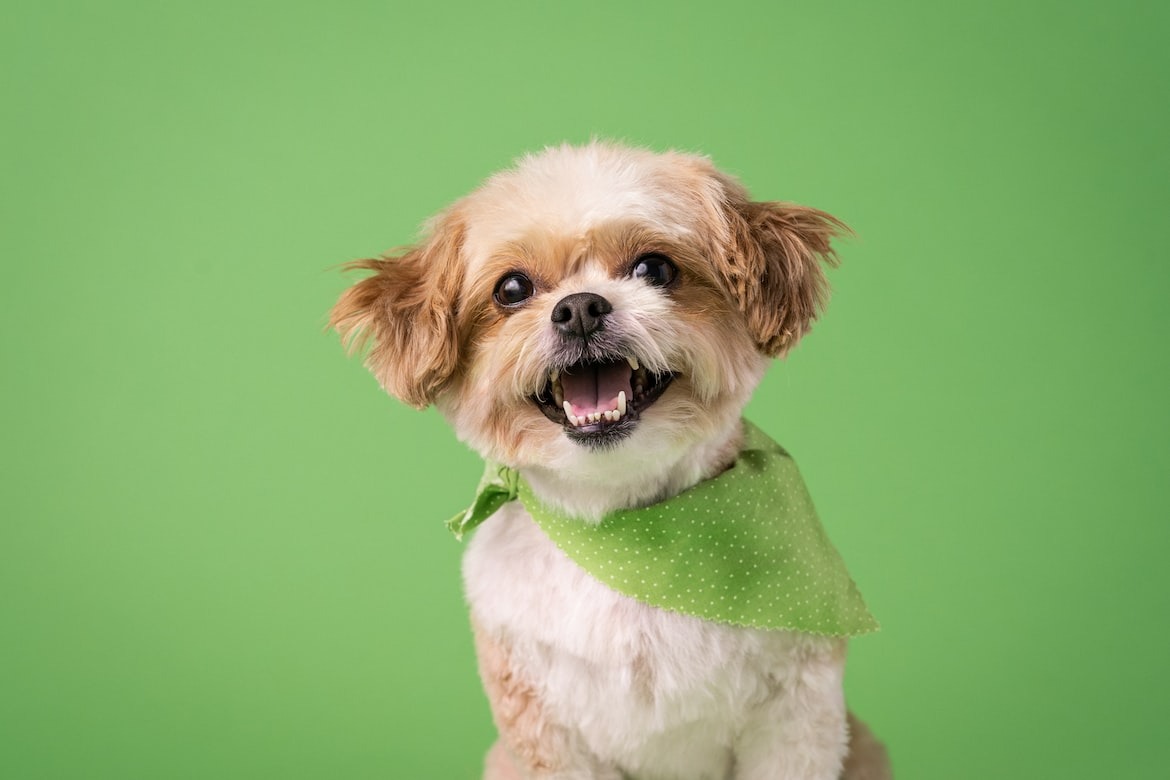
That's why the practice of brushing puppy teeth is such a crucial part of puppy care. It might seem like a daunting task, especially if your puppy is not a fan of having their mouth handled. But with patience, consistency, and the right tools, it can become a simple and even enjoyable part of your puppy's routine.
In this comprehensive guide, we'll cover everything you need to know about how to brush a puppy's teeth. We'll answer questions like "When should you start brushing a puppy's teeth?" and "What are the best methods for brushing a puppy's teeth?" We'll also provide tips and tricks to make the process easier for both you and your puppy.
So, whether you're a first-time puppy parent or a seasoned pro, this guide is for you. Let's dive in and learn how to keep your puppy's smile bright and healthy.
Table of Contents
- The Importance of Brushing Puppy Teeth
- When to Start Brushing Puppy Teeth
- How to Brush Puppy Teeth
- Common Mistakes to Avoid When Brushing Puppy Teeth
- Tips for Making Brushing a Fun Experience for Your Puppy
- Choosing the Right Tools for Brushing a Puppy's Teeth
- Overcoming Challenges in Brushing Puppy Teeth
- Conclusion
The Importance of Brushing Puppy Teeth
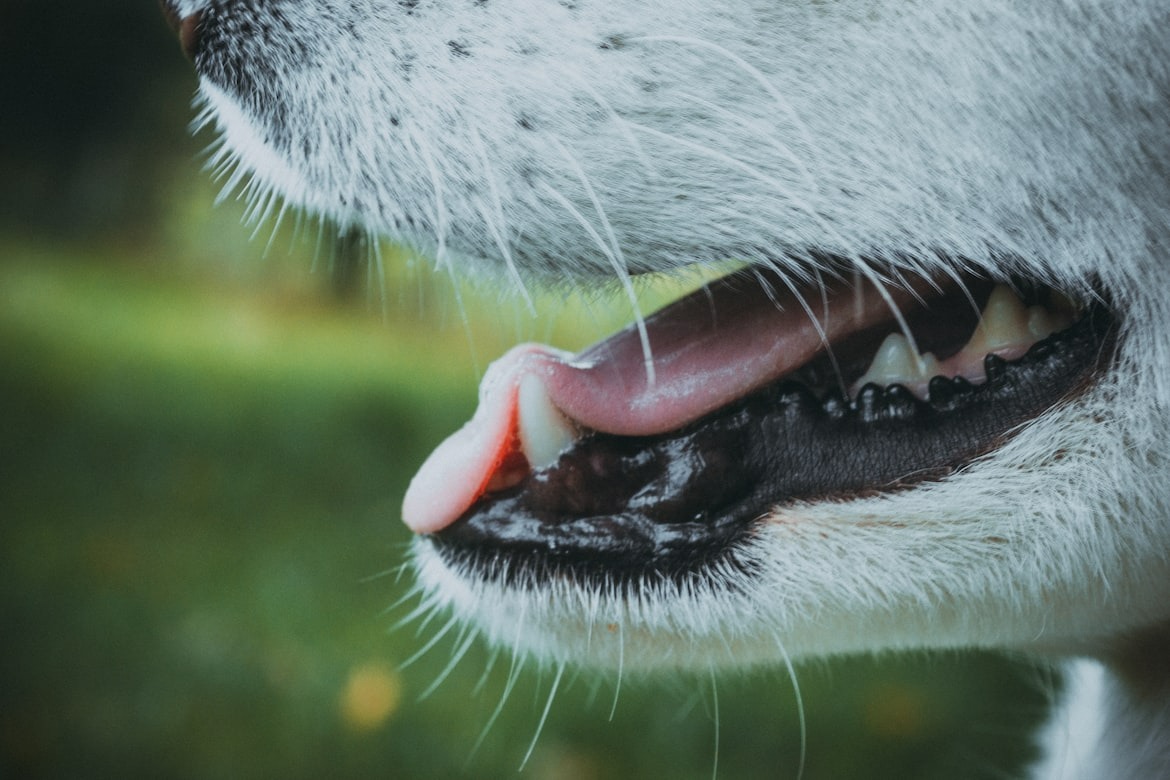
Just like humans, puppies can suffer from dental problems. These can range from bad breath and yellowing teeth to more serious issues like gum disease and tooth loss. Regular brushing helps to keep these problems at bay. But the benefits of brushing puppy teeth don't stop there.
Brushing your puppy's teeth can also help to prevent the build-up of plaque and tartar. Plaque is a sticky film that contains millions of bacteria. If left unchecked, it can harden into tartar, a hard substance that can cause gum disease and tooth decay.
Moreover, regular brushing allows you to keep a close eye on your puppy's dental health. You'll be able to spot any potential issues early, such as swollen gums, broken teeth, or changes in your puppy's breath. Early detection can make a significant difference in treatment outcomes and can save you and your puppy from unnecessary discomfort and stress.
Now that you understand the importance of brushing puppy teeth, let's move on to the practical aspects. How do you brush a puppy's teeth, and when should you start? Let's find out.
When to Start Brushing Puppy Teeth
One of the most common questions pet parents have is "When should I start brushing my puppy's teeth?" The answer might surprise you. You should start brushing your puppy's teeth as soon as they have teeth to brush. This usually happens when they're around 8 weeks old.
Starting early has several benefits. First, it allows your puppy to get used to the sensation of having their teeth brushed. This can make future brushing sessions much easier. Second, it helps to keep your puppy's teeth clean and healthy from the get-go.
Remember, it's never too early to start good dental hygiene habits. So, as soon as your puppy has teeth, it's time to start brushing.
How to Brush Puppy Teeth
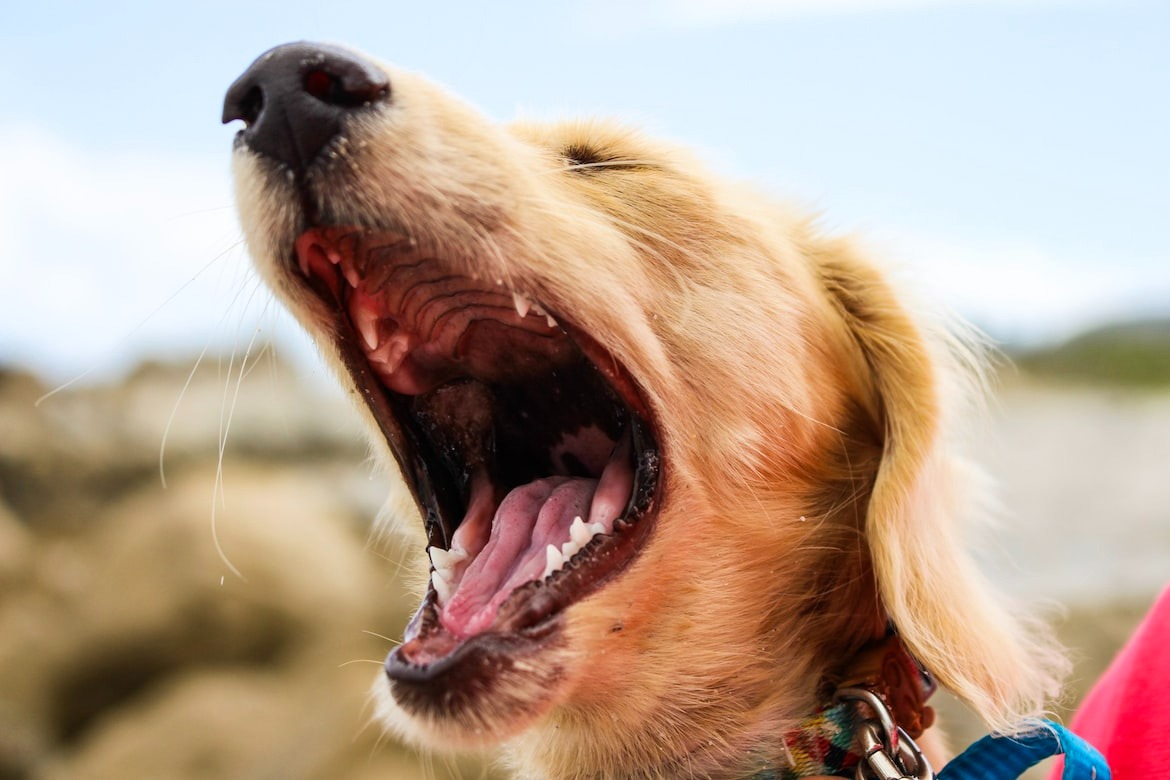
Now that you know when to start brushing, let's talk about how to brush your puppy's teeth. Here are some step-by-step instructions to guide you through the process:
- Select a calm time and place for brushing: It's generally better to do this one-on-one with your pup to prevent distractions.
- Find a well-lit room: You want to be able to see into your pup’s mouth to make sure all of his teeth have been properly brushed.
- Introduce dog toothpaste to your puppy: Start by showing your dog the toothpaste and letting him smell it and lick it from your finger.
- Begin by brushing his top teeth: While doing this, you will need to gently hold his upper lip.
- Finish by brushing his bottom teeth: While brushing his bottom teeth, you will need to hold his lower lip.
Throughout the brushing process, reassure and verbally praise your puppy. Soft petting of his head is also a good way to reassure him that you are happy with him and that he’s doing a good job.
If you're looking for more tips on puppy care, check out our blog post on how to train your puppy.
Common Mistakes to Avoid When Brushing Puppy Teeth
While brushing a puppy's teeth is a straightforward process, there are a few common mistakes that pet owners make. Avoiding these mistakes can make the brushing process more effective and comfortable for your puppy.
- Using human toothpaste: Human toothpaste can be harmful to dogs. Always use a toothpaste specifically designed for dogs.
- Brushing too hard: Brushing too hard can hurt your puppy's gums. Use gentle, circular motions and a soft-bristled toothbrush.
- Not brushing regularly: Brushing your puppy's teeth should be a regular part of their care routine. Aim to brush your puppy's teeth at least two to three times a week.
- Ignoring the back teeth: The back teeth can be harder to reach, but they're also more prone to plaque and tartar buildup. Make sure to brush all of your puppy's teeth, not just the ones in front.
By avoiding these common mistakes, you can ensure that your puppy's teeth are clean and healthy.
Tips for Making Brushing a Fun Experience for Your Puppy
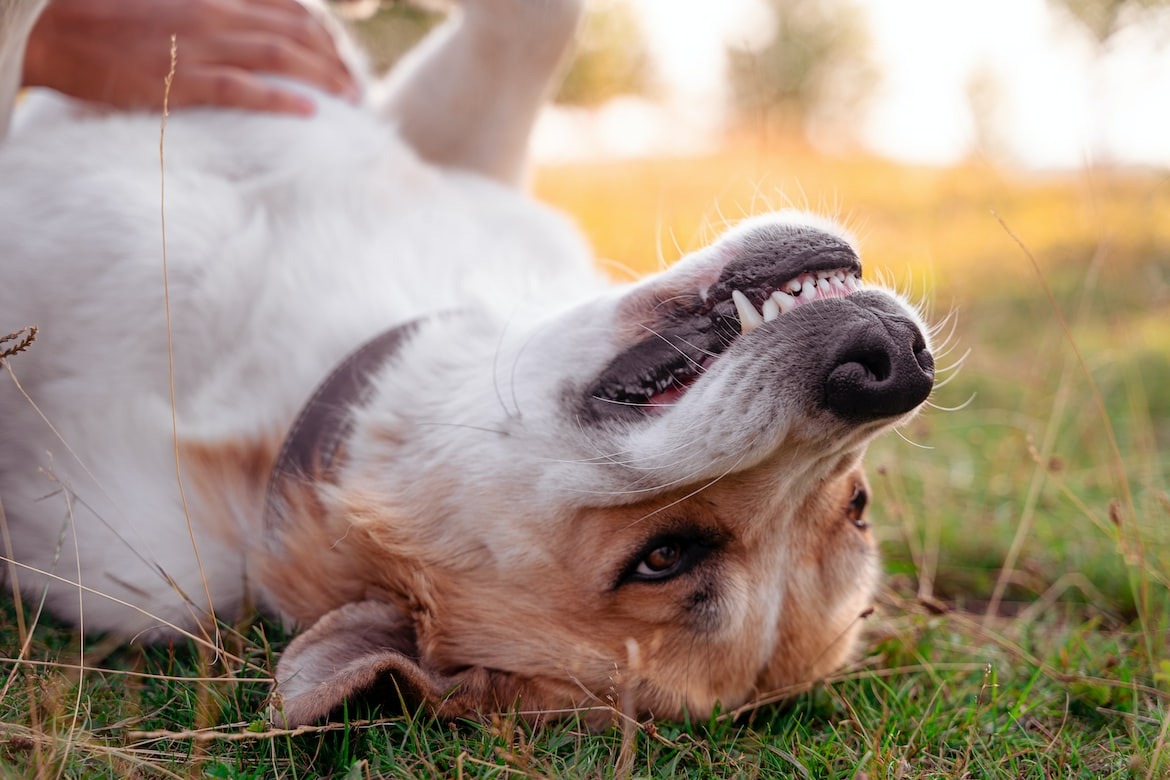
Brushing a puppy's teeth doesn't have to be a chore. In fact, with a little creativity, it can be a fun and bonding experience for both you and your puppy. Here are some tips to make brushing a fun experience:
- Use flavored toothpaste: Dog toothpaste comes in a variety of flavors that dogs love, like chicken or beef. Using flavored toothpaste can make brushing a more enjoyable experience for your puppy.
- Turn it into a game: Try to make brushing a fun game for your puppy. For example, you can play a quick game of tug-of-war with the toothbrush before brushing. This can help your puppy associate brushing with playtime.
- Reward your puppy: After each brushing session, reward your puppy with a treat or a favorite toy. This can help reinforce positive associations with brushing.
- Be patient and positive: Remember, your puppy might not love having their teeth brushed at first. Be patient, keep the mood light, and shower your puppy with praise during and after each brushing session.
With these tips, brushing your puppy's teeth can become a fun and enjoyable part of your puppy's routine.
Choosing the Right Tools for Brushing a Puppy's Teeth
When it comes to brushing a puppy's teeth, the tools you use matter. Some puppy owners use an actual puppy toothbrush, while others use human toothbrushes. The key is making sure the toothbrush has soft bristles, which will prevent your puppy from experiencing gum discomfort during brushing.
In addition to a soft-bristled toothbrush, you'll also need dog toothpaste. Never use human toothpaste for your puppy, as it can contain ingredients that are harmful to dogs. Dog toothpaste is specially formulated to be safe for dogs and often comes in flavors that dogs love.
For more information on choosing the right tools for brushing your puppy's teeth, check out our grooming guide.
Overcoming Challenges in Brushing Puppy Teeth
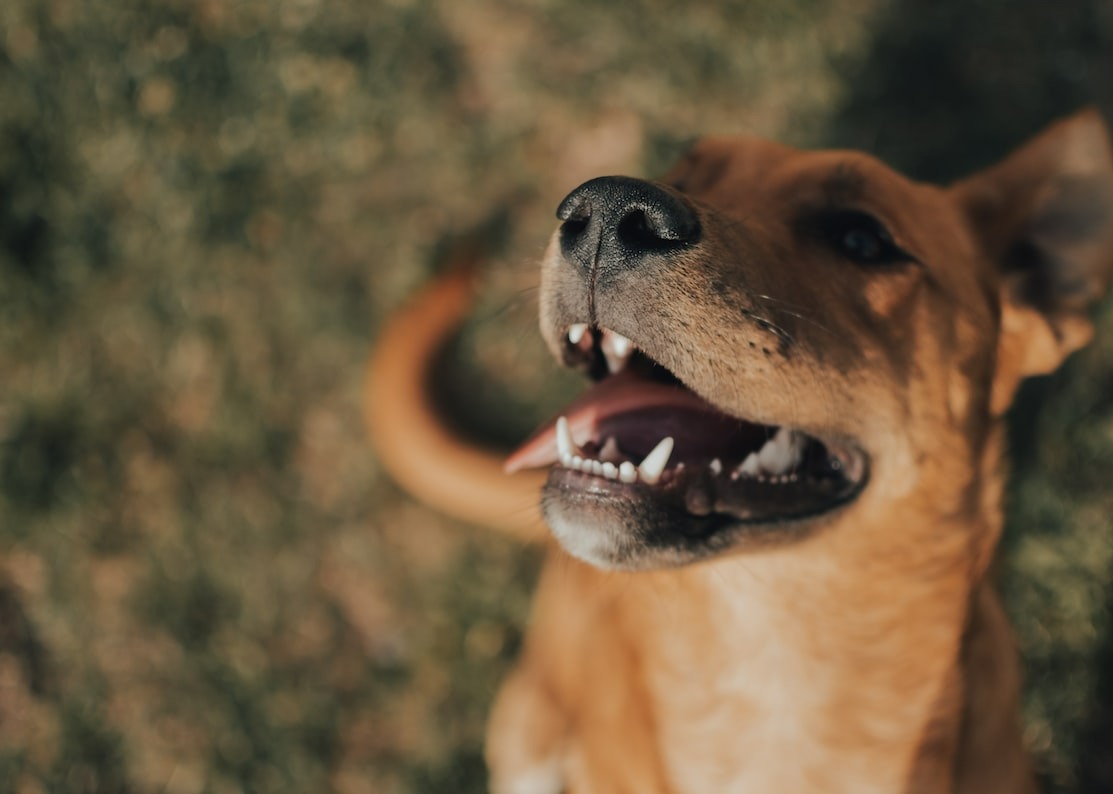
It's not always smooth sailing when it comes to brushing a puppy's teeth. Puppies can be squirmy, and some may not like having their mouths handled. But don't worry, there are ways to overcome these challenges.
First, make sure to make the experience as positive as possible for your puppy. Use a lot of praise and rewards to encourage your puppy. You can also try to make the experience fun by playing a game or giving your puppy a special treat after brushing.
Second, be patient and consistent. It might take some time for your puppy to get used to having their teeth brushed. But with consistent practice, your puppy will eventually get used to it.
Lastly, don't be afraid to ask for help. If you're having trouble brushing your puppy's teeth, consult with your vet or a professional dog trainer. They can provide you with tips and techniques to make the process easier.
Conclusion
Brushing a puppy's teeth is an essential part of puppy care. It helps maintain your puppy's dental health, prevents serious health issues, and can even strengthen the bond between you and your puppy. Remember, it's never too early to start good dental hygiene habits. So, as soon as your puppy has teeth, it's time to start brushing.
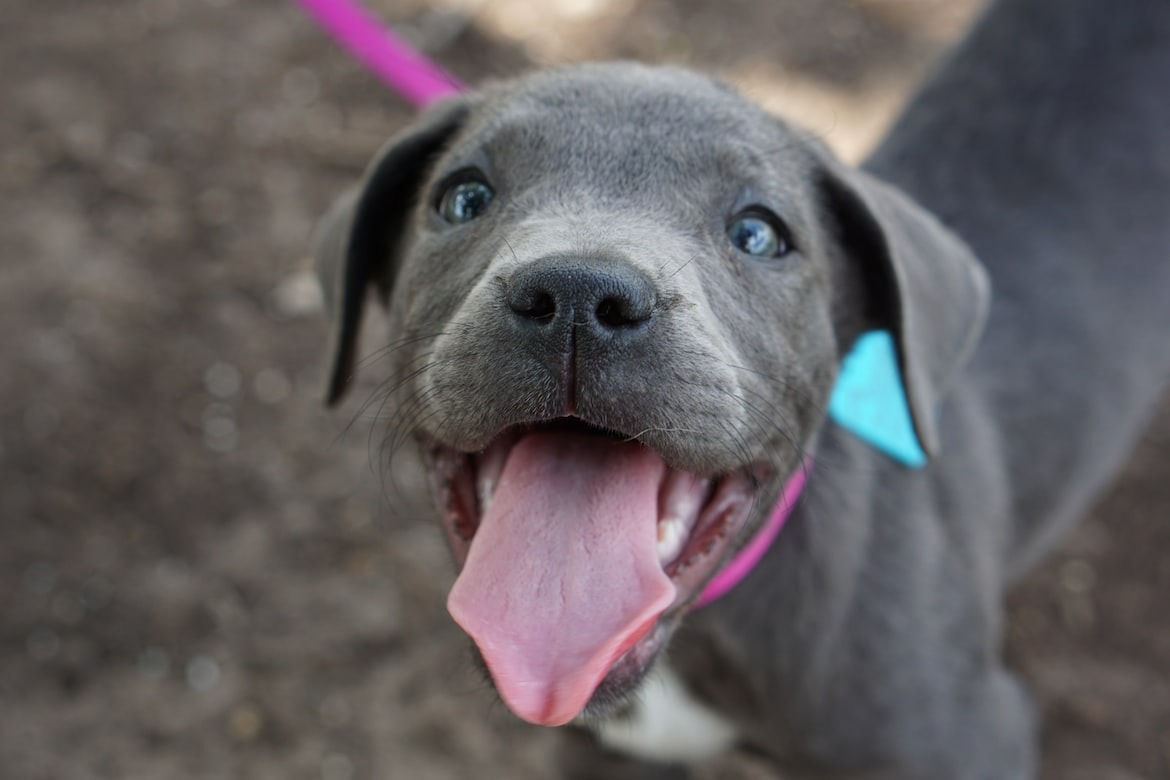
We hope this guide has provided you with valuable information on how to brush puppy teeth. With patience, consistency, and the right tools, brushing your puppy's teeth can become a simple and even enjoyable part of your routine.
For more tips and advice on puppy care, don't hesitate to explore our other blog posts or contact our team of puppy care specialists. At Premier Pups, we're here to help you every step of the way in your puppy parenting journey.
Remember, a healthy puppy is a happy puppy, and nothing says happiness quite like a bright, clean puppy smile.
Scroll down to see FAQs about brushing your puppy's teeth!
What To Read Next
Grooming your Dog at Home Guide
10 Human Foods You Should Never Feed Your Dog
Frequently Asked Questions
When should I start brushing my puppy's teeth? You should start brushing your puppy's teeth as soon as they have teeth to brush, which is usually around 8 weeks old.
How often should I brush my puppy's teeth? Aim to brush your puppy's teeth at least two to three times a week. Regular brushing helps prevent plaque and tartar buildup.
Can I use human toothpaste to brush my puppy's teeth? No, human toothpaste can be harmful to dogs. Always use a toothpaste specifically designed for dogs when brushing your puppy's teeth.
My puppy doesn't like having their teeth brushed. What can I do? Try to make brushing a fun experience for your puppy. Use flavored toothpaste, turn brushing into a game, and reward your puppy after each brushing session. Be patient and positive, and your puppy will gradually get used to it.
What are some common mistakes to avoid when brushing a puppy's teeth? Some common mistakes include using human toothpaste, brushing too hard, not brushing regularly, and ignoring the back teeth. Avoiding these mistakes can make the brushing process more effective and comfortable for your puppy.
What should I do if my puppy has dental problems? If you notice any signs of dental problems in your puppy, such as bad breath, yellowing teeth, swollen gums, or changes in their breath, consult with your vet immediately.
Can I use a human toothbrush to brush my puppy's teeth? While some puppy owners use human toothbrushes, it's important to make sure the toothbrush has soft bristles to prevent your puppy from experiencing gum discomfort during brushing.
How can I make brushing a fun experience for my puppy? Use flavored toothpaste, turn brushing into a game, and reward your puppy after each brushing session. This can help make brushing a fun and enjoyable part of your puppy's routine.
What are the benefits of brushing my puppy's teeth? Brushing your puppy's teeth helps maintain their dental health, prevents serious health issues, and can even strengthen the bond between you and your puppy.
What tools do I need to brush my puppy's teeth? You'll need a soft-bristled toothbrush and dog toothpaste. Never use human toothpaste for your puppy, as it can contain ingredients that are harmful to dogs.




